Bedienungsanleitung Bowers and Wilkins LCR60 S3 Lautsprecher
Benötigen Sie ein Bedienungsanleitung für Ihren Bowers and Wilkins LCR60 S3 Lautsprecher? Unten können Sie das PDF-Bedienungsanleitung kostenlos auf Deutsch ansehen und herunterladen. Für dieses Produkt gibt es derzeit 5 häufig gestellte Fragen, 0 Kommentare und 0 Stimmen. Wenn dies nicht das von Ihnen gewünschte Bedienungsanleitung ist, kontaktieren Sie uns bitte.
Ist Ihr Produkt defekt und bietet die Bedienungsanleitung keine Lösung? Gehen Sie zu einem Repair Café, wo es gratis repariert wird.
Bedienungsanleitung
Loading…

Loading…
Bewertung
Teilen Sie uns mit, was Sie über die Bowers and Wilkins LCR60 S3 Lautsprecher denken, indem Sie eine Produktbewertung verfassen. Möchten Sie Ihre Erfahrungen mit diesem Produkt teilen oder eine Frage stellen? Hinterlassen Sie einen Kommentar am Ende dieser Seite!Mehr zu diesem Bedienungsanleitung
Wir verstehen, dass es schön ist, ein gedrucktes Bedienungsanleitung für Ihr Bowers and Wilkins LCR60 S3 Lautsprecher zu haben. Sie können das Bedienungsanleitung jederzeit von unserer Website herunterladen und selbst ausdrucken. Wenn Sie ein Originalhandbuch wünschen, empfehlen wir Ihnen, Bowers and Wilkins zu kontaktieren. Möglicherweise können sie ein Originalhandbuch bereitstellen. Suchen Sie das Bedienungsanleitung Ihres Bowers and Wilkins LCR60 S3 Lautsprecher in einer anderen Sprache? Wählen Sie auf unserer Homepage Ihre bevorzugte Sprache und suchen Sie nach der Modellnummer, um zu sehen, ob wir sie verfügbar haben.
Spezifikationen
| Marke | Bowers and Wilkins |
| Modell | LCR60 S3 |
| Kategorie | Lautsprecher |
| Dateityp | |
| Dateigröße | 4.36 MB |
Alle Anleitungen für Bowers and Wilkins Lautsprecher
Weitere Anleitungen von Lautsprecher
Häufig gestellte Fragen zu Bowers and Wilkins LCR60 S3 Lautsprecher
Unser Support-Team sucht nach nützlichen Produktinformationen und beantwortet Ihre häufig gestellten Fragen. Sollte Ihnen ein Fehler bei den häufig gestellten Fragen auffallen, teilen Sie uns dies bitte anhand unseres Kontaktformulars mit.
Ich möchte einen Lautsprecher mittels HDMI mit meinem Fernseher verbinden. Welchen Anschluss soll ich verwenden? Verifiziert
Sie müssen den HDMI-ARC-Anschluss verwenden, welcher speziell für den Anschluss von Audiogeräten konzipiert wurde.
Das war hilfreich (1372) Mehr lesenWas sagen die Frequenzen über meinen Lautsprecher aus? Verifiziert
Sie zeigen den Frequenzbereich an, den der Lautsprecher erzeugen kann. Ein größerer Frequenzbereich sorgt für eine größere Variation des Klangbilds und sorgt für eine höhere Klangqualität.
Das war hilfreich (745) Mehr lesenWann ist meine Musik zu laut? Verifiziert
Lautstärken über 80 Dezibel (dB) können zu Hörschäden führen. Töne über 120 dB schaden dem Gehör sofort. Wie ernst der Schaden ist, hängt davon ab, wie oft und wie lange die Lautstärke vorherrscht.
Das war hilfreich (436) Mehr lesenFunktioniert Bluetooth durch Wände und Decken? Verifiziert
Ein Bluetooth-Signal kann durch Wände und Decken empfangen werden, es sei denn diese bestehen aus Metall. Je nach Dicke und Material der Wand kann das Signal schwächer werden.
Das war hilfreich (200) Mehr lesenWelcher maximale Geräuschpegel ist für Kinder sicher? Verifiziert
Kinder erleiden schneller einen Gehörschaden als Erwachsene. Daher ist es wichtig, Kinder niemals einem Geräuschpegel von mehr als 85 dB auszusetzen. Bei Kopfhörern gibt es spezielle Modelle für Kinder. Bei Lautsprechern oder in anderen Situationen sollten Sie darauf achten, dass der Geräuschpegel diesen Wert nicht überschreitet.
Das war hilfreich (178) Mehr lesen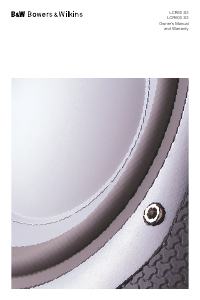


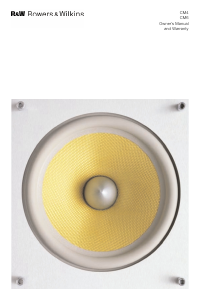
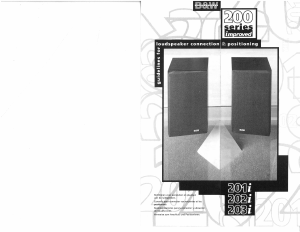
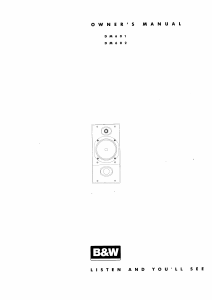
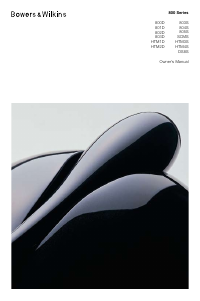
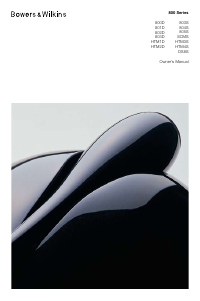
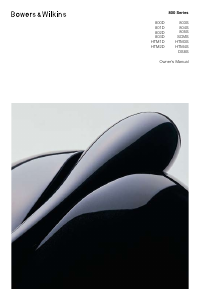
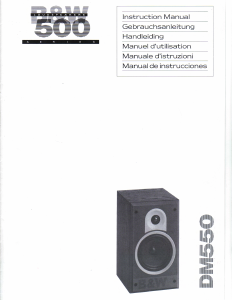
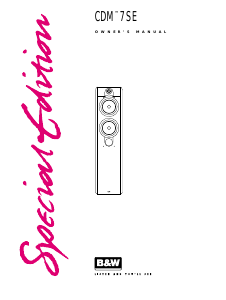
Diskutieren Sie über dieses Produkt mit
Hier können Sie uns Ihre Meinung zu Bowers and Wilkins LCR60 S3 Lautsprecher mitteilen. Wenn Sie eine Frage haben, lesen Sie zunächst das Bedienungsanleitung sorgfältig durch. Die Anforderung eines Bedienungsanleitung kann über unser Kontaktformular erfolgen.